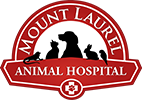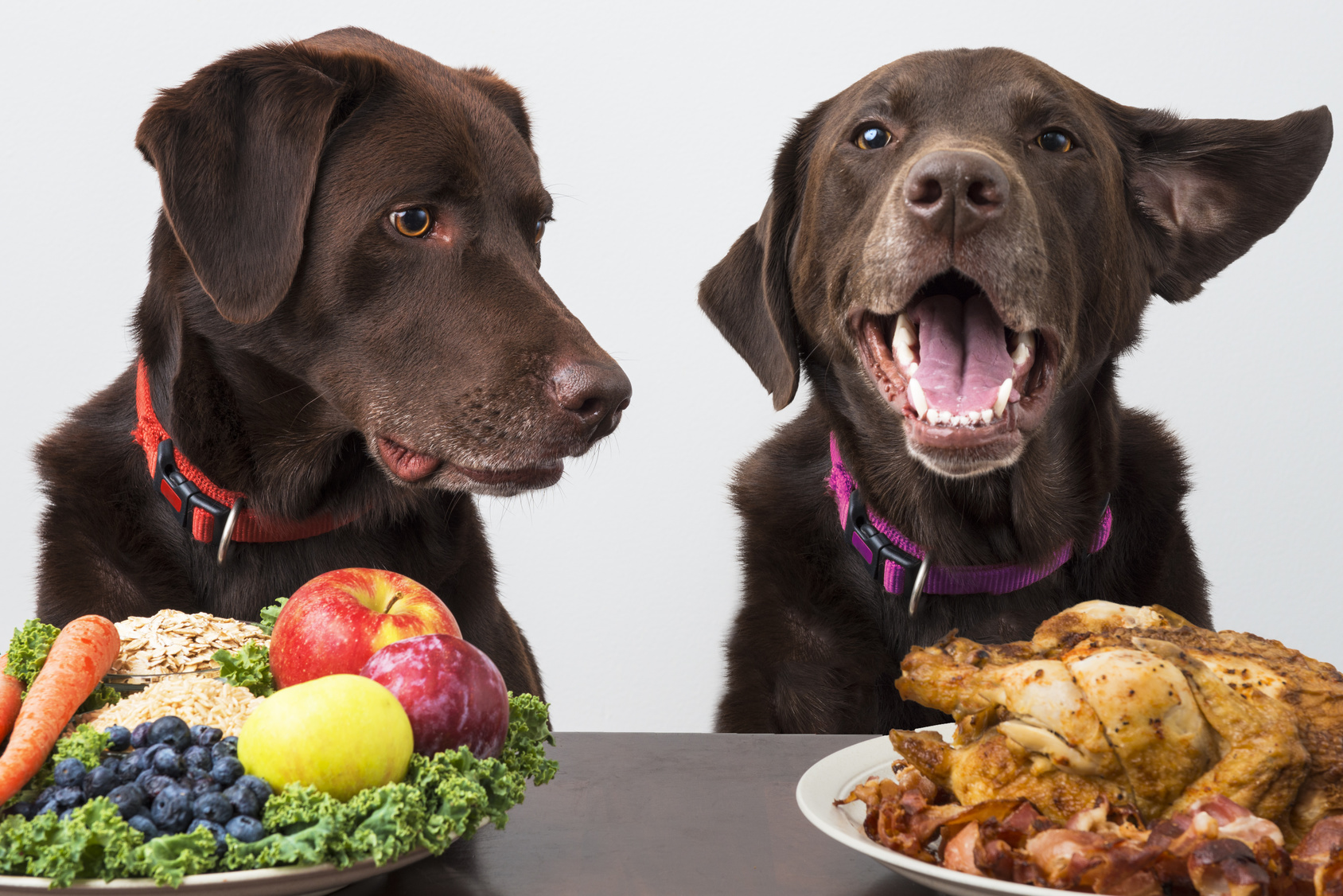Do you ever feel like every meal you bake, every snack you make and every bite you take, someone’s watching you? Do you think your furry friend needs to make their own weight loss new year resolution? Obesity and behavioral concerns are just two of the reasons that feeding table food to our pets can be a cause for concern. It is no secret that many of us feel that food is love and often provide tasty treats for our four-legged family members, myself included, but it is important to remember that feeding table food can lead to some harmful and frustrating consequences.
Gastroenteritis: Feeding new or unfamiliar foods, especially table food, is a common cause of gastroenteritis, inflammation of the stomach and intestines, which leads to vomiting and diarrhea. Many times, these clinical signs will lead to a veterinary visit and occasionally can result in hospitalization.
Pancreatitis: One of the most common causes of pancreatitis in dogs is dietary indiscretion (eating food that is not typically part of their everyday diet). Foods that we consume every day, especially foods high in fat are the primary culprit. Pancreatitis occurs when digestive enzymes from the pancreas are released prematurely or in excessive concentration, which leads to inflammation and damage to the pancreas and surrounding organs. Pancreatitis is a serious ailment and may result in hospitalization and/or death in the most severe cases.
Obesity: Obesity is a major problem in our pet population and can be life limiting. When your pet is overweight they are at an increased risk for osteoarthritis, cardiorespiratory diseases (alterations in heart and lung function), intervertebral disc disease and pancreatitis in dogs, diabetes and urinary tract disease in cats, and an overall poorer quality of life. Feeding table foods are a major contributing factor. This is because it is much more difficult to monitor the calories our pets are consuming and often these foods are given in excess of their primary diets.
Behavioral issues: Feeding pets from the table or while in the kitchen preparing food teaches our furry friends some bad and frustrating habits. Dogs and cats will quickly learn to beg for food and/or maintain a constant presence during family meal times. They may also learn to jump on counters or table tops and steal food when no one is watching; this can result in eating excessively or the consumption of dangerous food.
Finicky eating: Many pets are indiscriminate eaters, meaning they will eat whatever you give them. But some of our pets, if fed table scraps often, will decide human food is tastier than their dog or cat food is and may become finicky eaters. The may start to refuse their own food in the hopes that they will given the option to eat their human’s food instead. This may lead to challenges in providing your pet appropriate nutrition.
Dangerous foods: Many of the foods we love to eat daily can be very harmful to our pets. Some of these foods include chocolate, raisins and grapes, onions, garlic, chives, avocados, various nuts, products containing xylitol, salty foods, undercooked meats/bones/eggs, dairy products and citrus. Please visit www.aspca.org for a more comprehensive list of dangerous foods.
Though feeding table food can be harmful, there are safe ways to provide your furry friends with a taste of the good stuff. Incorporating safe human foods, such as green beans, carrots, cucumbers, boiled chicken and rice (to name a few) into your pet’s treat regimen can be done appropriately as long as it does not make up more than 10% of their diet and their primary meals are reduced proportionally. Also, offering safe table foods as higher value treats only during training may promote positive behavior. Veterinary nutritionists are also available to help formulate well rounded nutritional home cooked diets for your pet.
Author: Dr. Barbara Angelino

